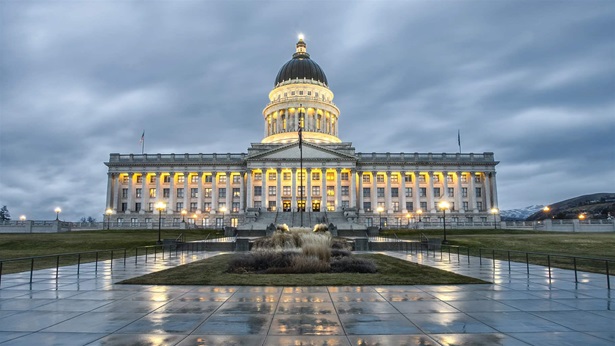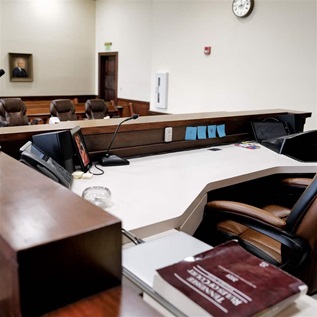Public Safety in Utah
This page was updated on June 27, 2017, to reflect new data.
In March 2015, the Utah Legislature passed H.B. 348, a far-reaching set of criminal justice reforms that were based on recommendations from the Commission on Criminal and Juvenile Justice. The commission, which consulted with a variety of stakeholders and received intensive technical assistance from Pew as part of the Justice Reinvestment Initiative, found that Utah’s prison population had grown by 22 percent over the previous decade, pushing corrections costs to more than $250 million annually. It further concluded that the size and expense of the prison system had not brought state taxpayers adequate public safety results: Nearly half of offenders who left Utah prisons (46 percent) were back within three years. Without reform, the prison population was projected to grow by another 37 percent over the next 20 years.
H.B. 348, which prioritized expensive prison space for serious and violent offenders, strengthened probation and parole systems, and expanded offender reentry and treatment programs, passed both chambers of the Legislature by overwhelming majorities. In addition to improving public safety by reducing recidivism rates, the law is expected to eliminate nearly all of the projected growth in the prison population over the next two decades and save the state more than $500 million. .
The prison gates must be a permanent exit from the system, not just a revolving door.—Governor Gary Herbert (R)
Other highlights include:
1) Prison population reduced.
- In just two years, from 2014 to 2016, the prison population fell 12 percent.
- The 2016 population was 15 percent less than had been projected without reform and 5 percent below projections with reform.
- A 40 percent reduction in imprisonment for nonviolent offenses drove the overall declines.
2) Public safety improved.
- The share of prison space prioritized for violent offenders increased 10 percent between 2014 and 2016.
- During the same period, successful probation completion increased 20 percent.
- Since 2015, the state system has conducted 25,000 risk and needs screenings to determine appropriate interventions.
3) Taxpayer dollars saved.
- Without reform, the prison population was expected to grow 37 percent over 20 years.
- With reform, the state is likely to avoid nearly all anticipated prison growth.
- These changes will save Utah taxpayers an estimated $500 million by 2034.













